Forums
- Forums
- Duggy's Reference Hangar
- Luftwaffe Library
- Henschel Hs 126
Henschel Hs 126
Post a reply
- Go to Previous topic
- Go to Next topic
- Go to Welcome
- Go to Introduce Yourself
- Go to General Discussion
- Go to Screenshots, Images and Videos
- Go to Off topic
- Go to Works in Progress
- Go to Skinning Tips / Tutorials
- Go to Skin Requests
- Go to IJAAF Library
- Go to Luftwaffe Library
- Go to RAF Library
- Go to USAAF / USN Library
- Go to Misc Library
- Go to The Ops Room
- Go to Made in Germany
- Go to Campaigns and Missions
- Go to Works in Progress
- Go to Juri's Air-Raid Shelter
- Go to Campaigns and Missions
- Go to Works in Progress
- Go to Skinpacks
- Go to External Projects Discussion
- Go to Books & Resources
-
3 years agoMon Dec 09 2024, 10:25amDuggy
 Main AdminThe Henschel Hs 126 was a German two-seat reconnaissance and observation aircraft of World War II that was derived from the Henschel Hs 122. The pilot was seated in a protected cockpit under the parasol wing and the gunner in an open rear cockpit. The prototype aircraft frame was that of a Hs 122A fitted with a Junkers engine. The Hs 126 was well received for its good short takeoff and low-speed characteristics which were needed at the time. It was put into service for a few years, but was soon superseded by the general-purpose, STOL Fieseler Fi 156 Storch and the medium-range Focke-Wulf Fw 189 "flying eye".
Main AdminThe Henschel Hs 126 was a German two-seat reconnaissance and observation aircraft of World War II that was derived from the Henschel Hs 122. The pilot was seated in a protected cockpit under the parasol wing and the gunner in an open rear cockpit. The prototype aircraft frame was that of a Hs 122A fitted with a Junkers engine. The Hs 126 was well received for its good short takeoff and low-speed characteristics which were needed at the time. It was put into service for a few years, but was soon superseded by the general-purpose, STOL Fieseler Fi 156 Storch and the medium-range Focke-Wulf Fw 189 "flying eye".
Development
The new aircraft was two feet longer than the Hs 122. The basic parasol wing layout was retained, but a new more angular wing was developed. A cantilever undercarriage was used, allowing each wheel to be supported by a single streamline strut in place of the two struts of the Hs 122. The front half of the cockpit, containing the pilot, was enclosed, while the observer/ gunner's section remained open. It was to be powered by the Bramo 323 Fafnir radial engine.
The first prototype, Hs 126V1, was produced by rebuilding a Hs 122. It was powered by a Junkers Jumo 210 liquid-cooled inline engine, installed because of delays to the BMW engines. The second and third prototypes received 830hp Bramo-Fafnir 323A-1 nine-cylinder radial engines, as did the pre-production A-0 aircraft, although not the first production aircraft. It made its maiden flight late in 1936.
The second prototype, Hs 126V2, was given a supercharger and modified tail, while the V3 returned to the original tail, and had a modified undercarriage, in which the struts were at ninety degrees to the fuselage, instead of sloping backwards.
Below prototype V3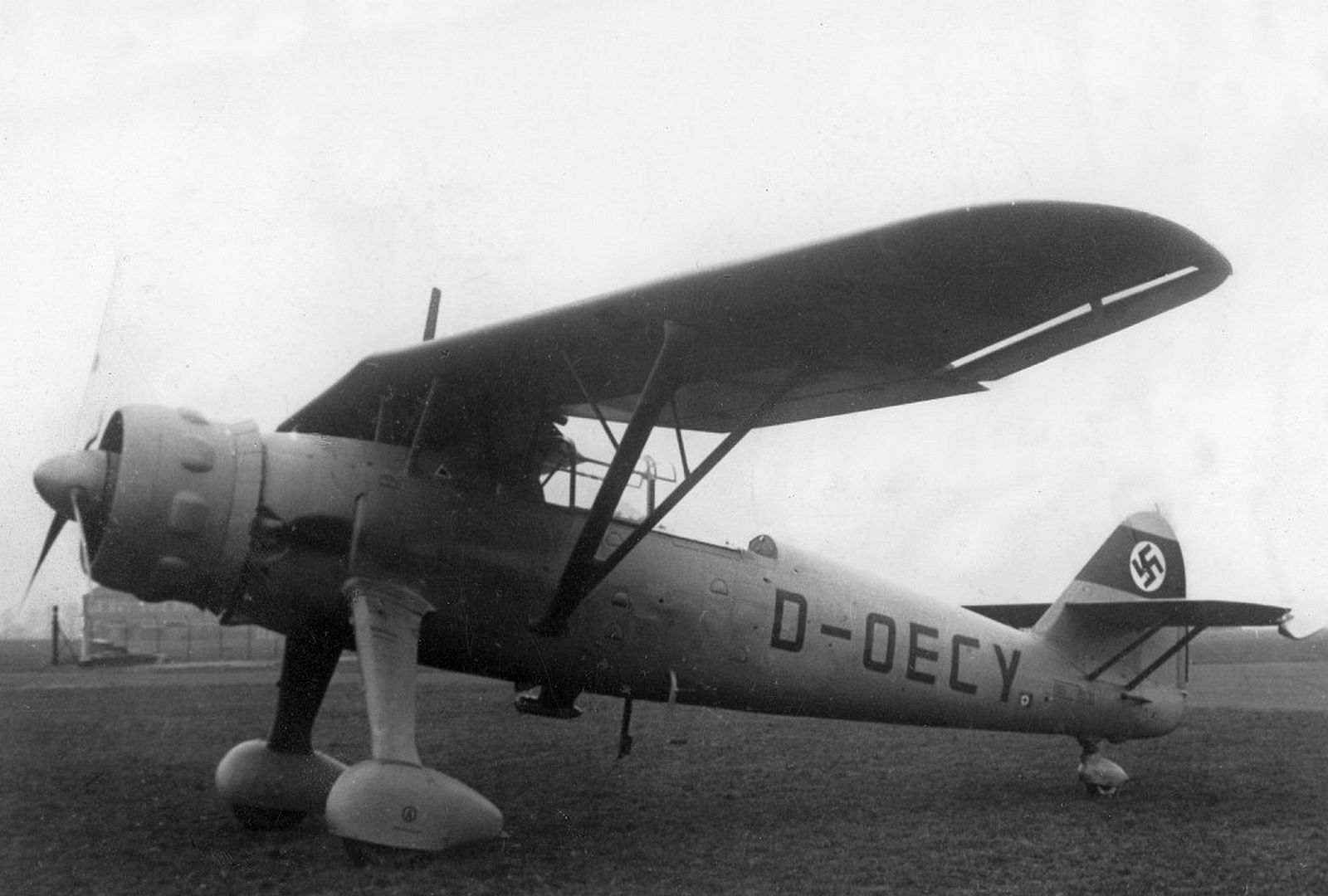
These aircraft paved the way for about 800 examples of the two production variants, the first of which entered service during 1938 with Aufklärungsgruppe 35.
Operational history
The Hs 126 made its combat debut in Spain. In the autumn of 1938 six A-1s were delivered to Aufklärungsstaffel 88 (A/88) of the Condor Legion, replacing the Heinkel He 45. The new aircraft performed well in the reconnaissance and light bomber role. One was lost, and the remaining five were transferred to the Spanish Air Force at the end of the war.
By the time the Hs 126 A-1 joined the Luftwaffe, the re-equipping of reconnaissance formations was already well advanced. By the start of World War II in September 1939, the Hs 126 served with Aufkl.Gr 10, 11, 12, 13, 14, 21, 23, 31, 32 und 41. They were used with great success in the attack on Poland where it proved itself as a reliable observation and liaison aircraft. Its use continued after the end of the Phony War in May 1940. It suffered some losses when intercepted by Allied fighter aircraft: 20 Hs 126s were lost between 10 and 21 May 1940.
Its successor, the Focke-Wulf Fw 189 entered service in 1940 but the Hs 126 remained the main short range reconnaissance aircraft until 1942. 47 squadrons equipped with Hs 126s participated in the invasion of the Soviet Union in 1941. The Hs 126 was also used in North Africa, such as with the 2./Aufklärungsgruppe (H)/14 which used the type until the end of 1942.
In the autumn of 1942 the Hs 126 made a return to the front line (as did a number of earlier biplane types), with the night harassment groups (Nachtschlachtgruppen). The Hs 126 was used by NSGr 7 in the Balkans, 3./NSGr 11 in Estonia and 2./NSGr 12 in Latvia. It remained in use in the Balkans until April 1945 and the German collapse.
On 12 September 1943 Henschel 126s were used to tow 10 DFS 230 attack gliders from Pratica Di Mare airfield near Rome to the Gran Sasso on a raid to rescue Benito Mussolini. Mussolini had been imprisoned there after being deposed by the Grand Council of Fascism, followed by a decree from the King of Italy. The Henschel was a smaller tow plane compared the usual Junkers Ju 52 three-engine tow plane and struggled to gain altitude to clear the mountains on the way. This led to confusion when the lead Kette of three gliders turned to gain altitude allowing Otto Skorzeny's group of three gliders to assume the lead.
Greece
At the outbreak of Greco-Italian War of 1940–41, the Royal Hellenic Air Force (Ellinikí Vasilikí Aeroporía, RHAF) had in service 16 Henschels, with 3 Observation Mira, under III Corps, based in Thessaloniki and Veria. Two days after the start of the war, on 30 October, there was the first air battle between Italian Regia Aeronautica and the RHAF when some Henschel Hs 126 of 3/2 Flight from 3 Observation Mira took off to locate Italian Army columns. But they were intercepted and attacked by Fiat CR.42s of 393a Squadriglia. A first Henschel was hit and crashed, killing its observer, Pilot Officer Evanghelos Giannaris, the first Greek aviator to die in the war. A second Hs 126 was downed over Mount Smolikas, killing Pilot Officer Lazaros Papamichail and Sergeant Constantine Yemenetzis.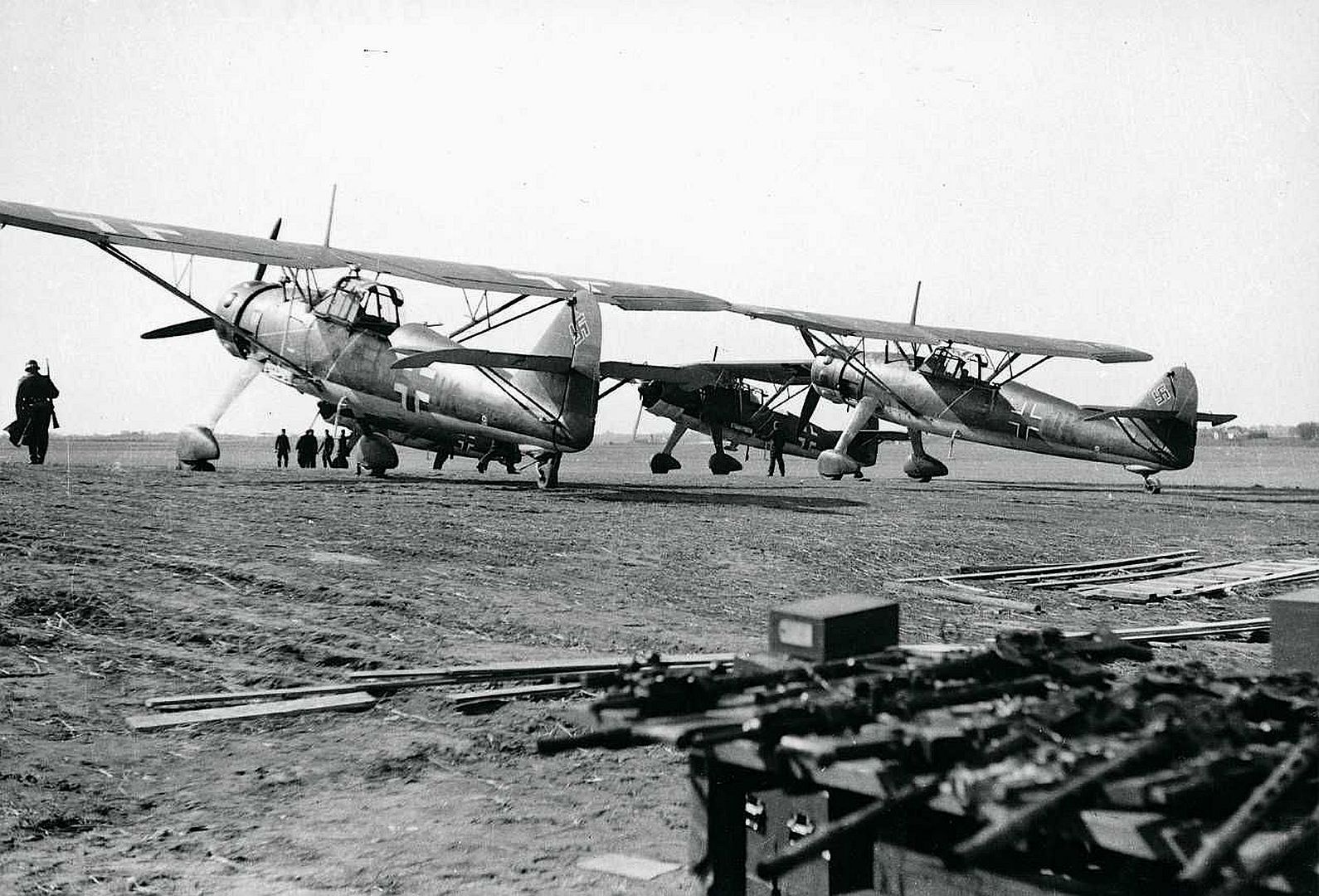
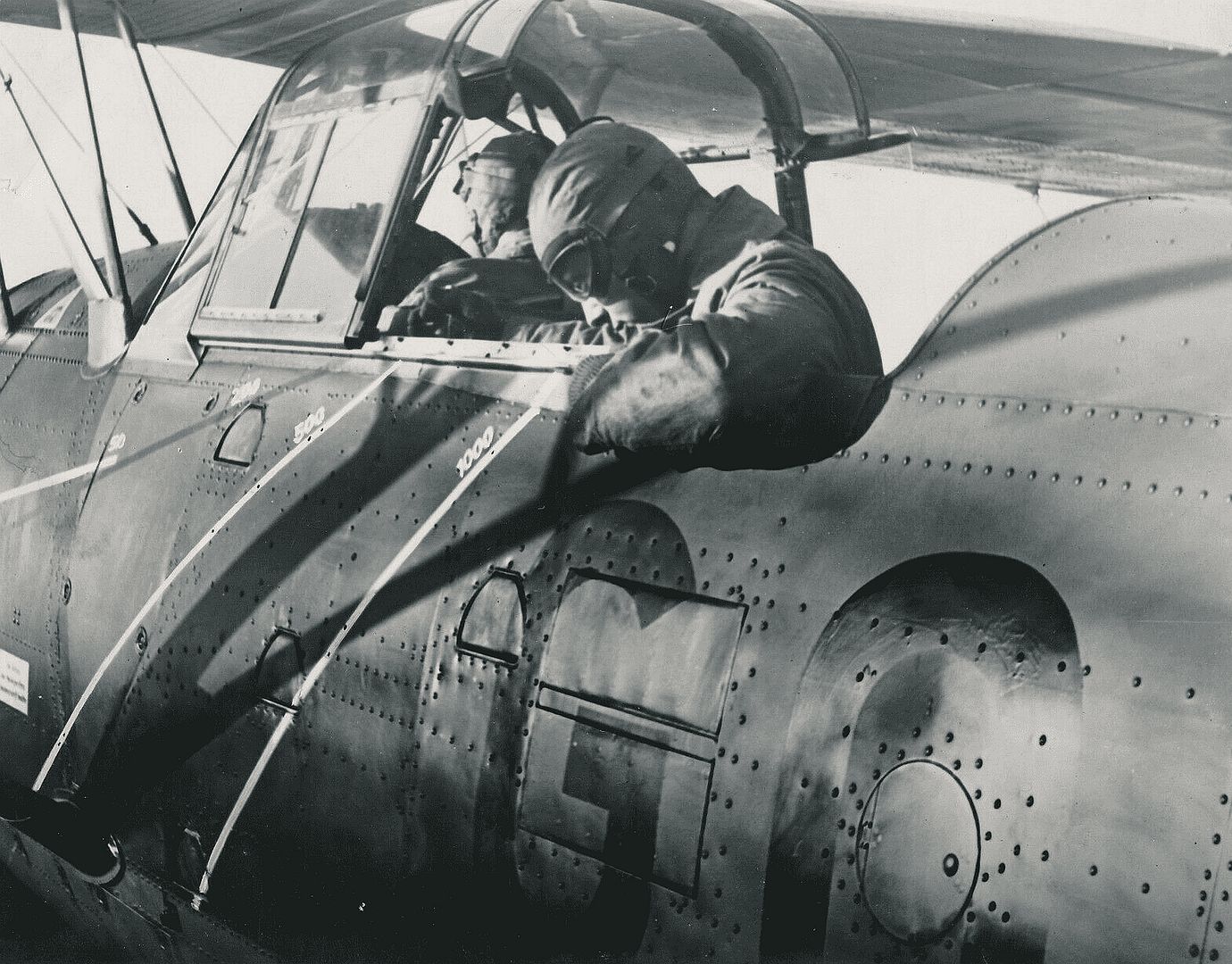
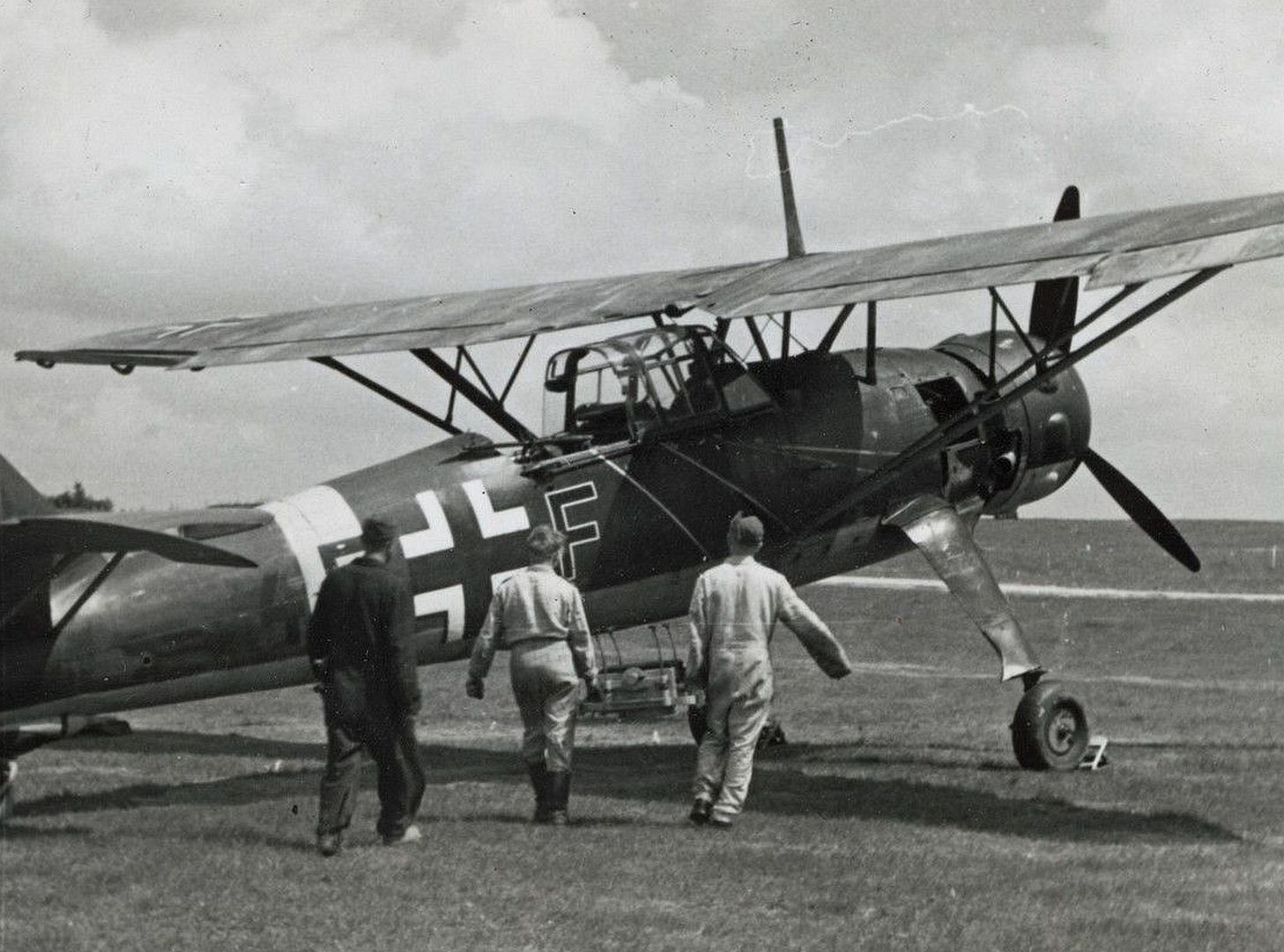
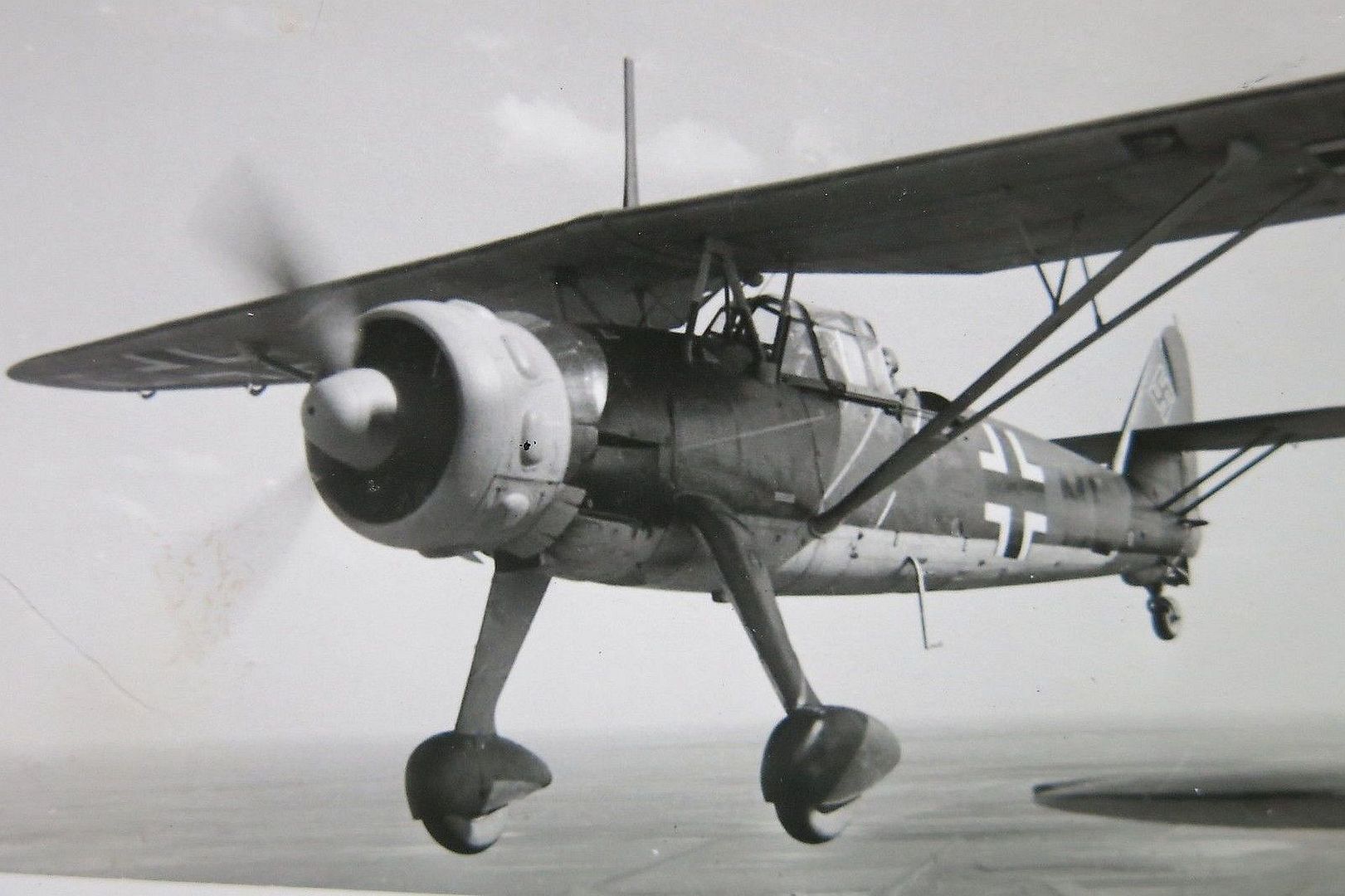
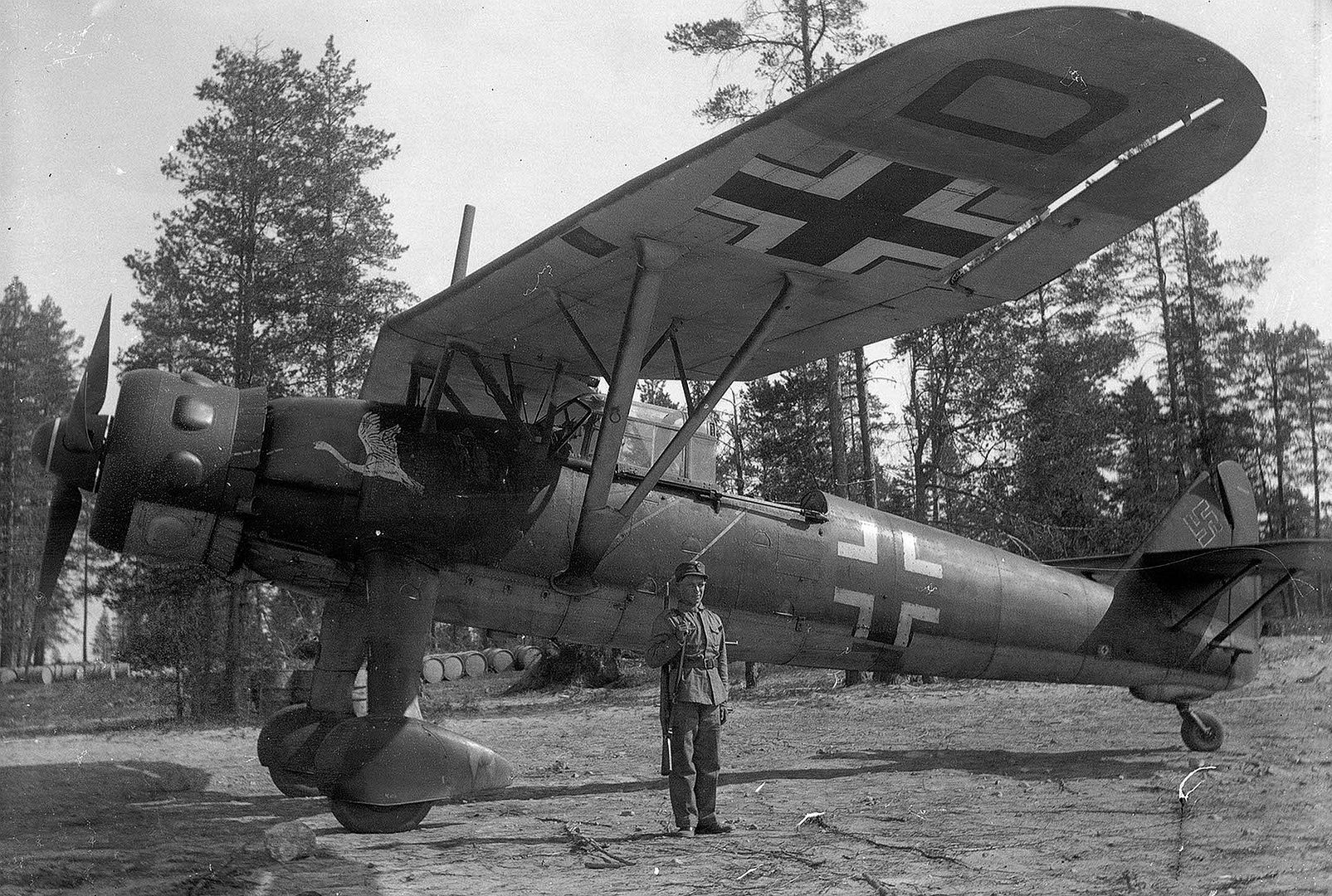
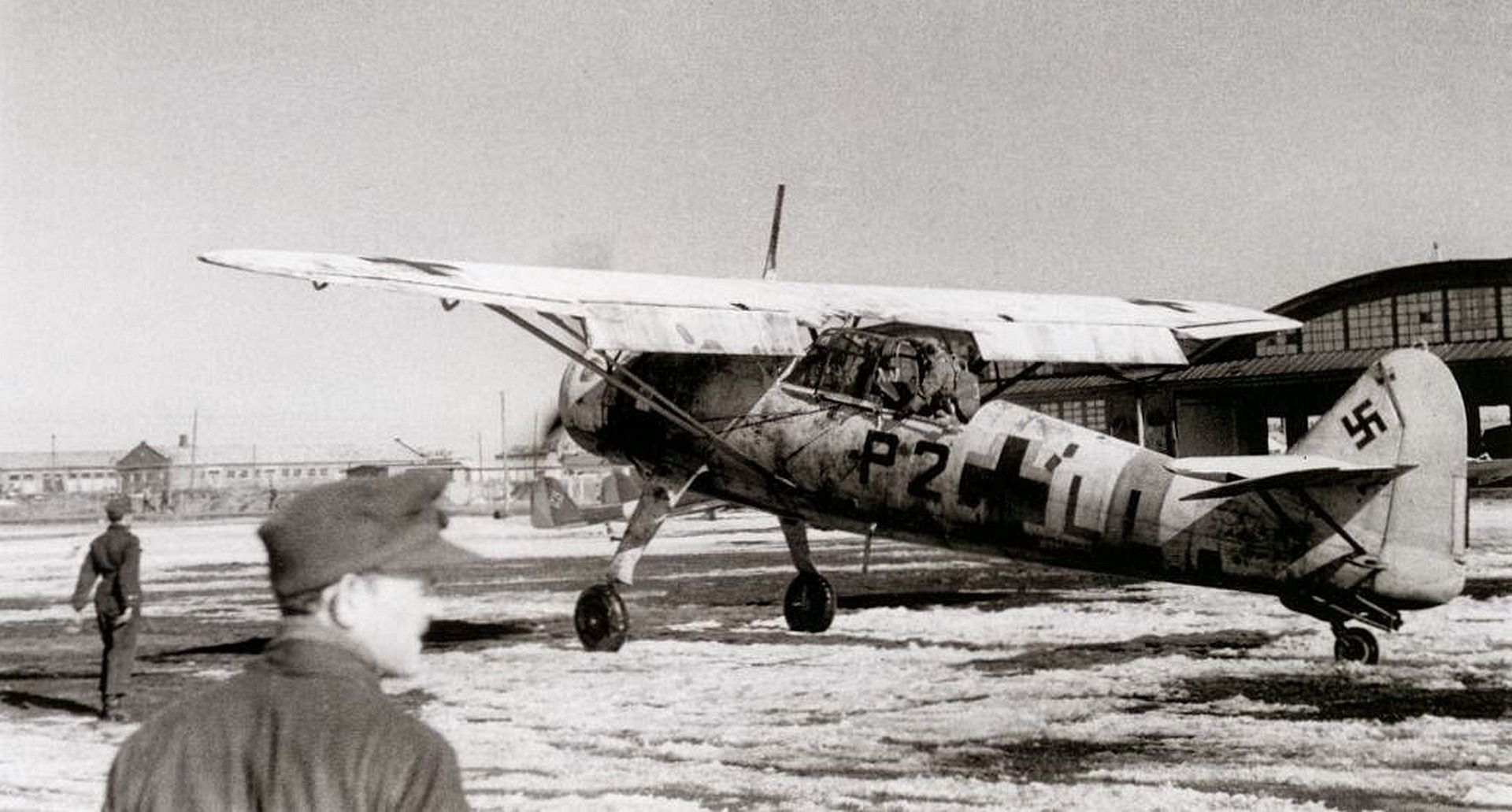
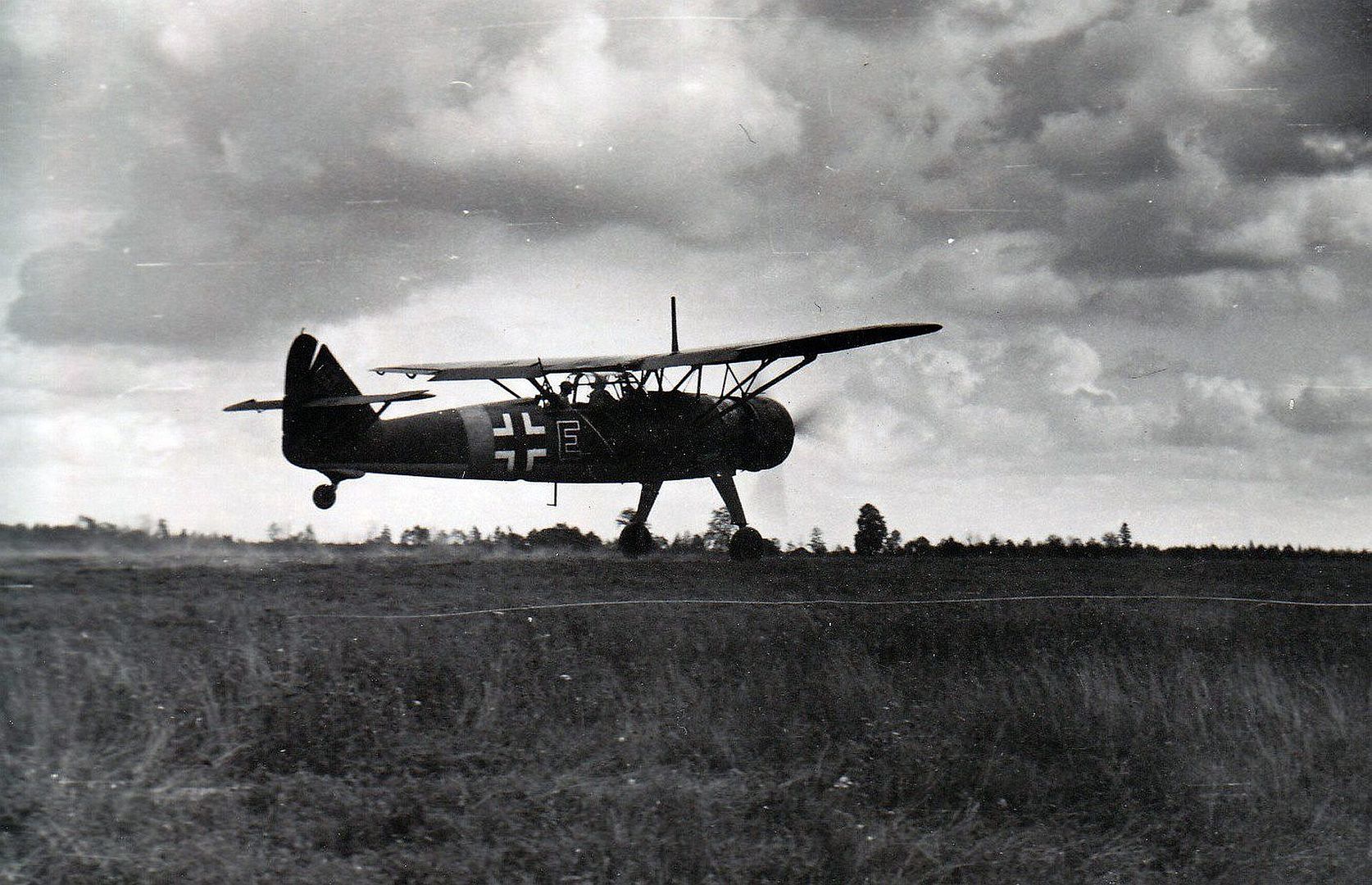
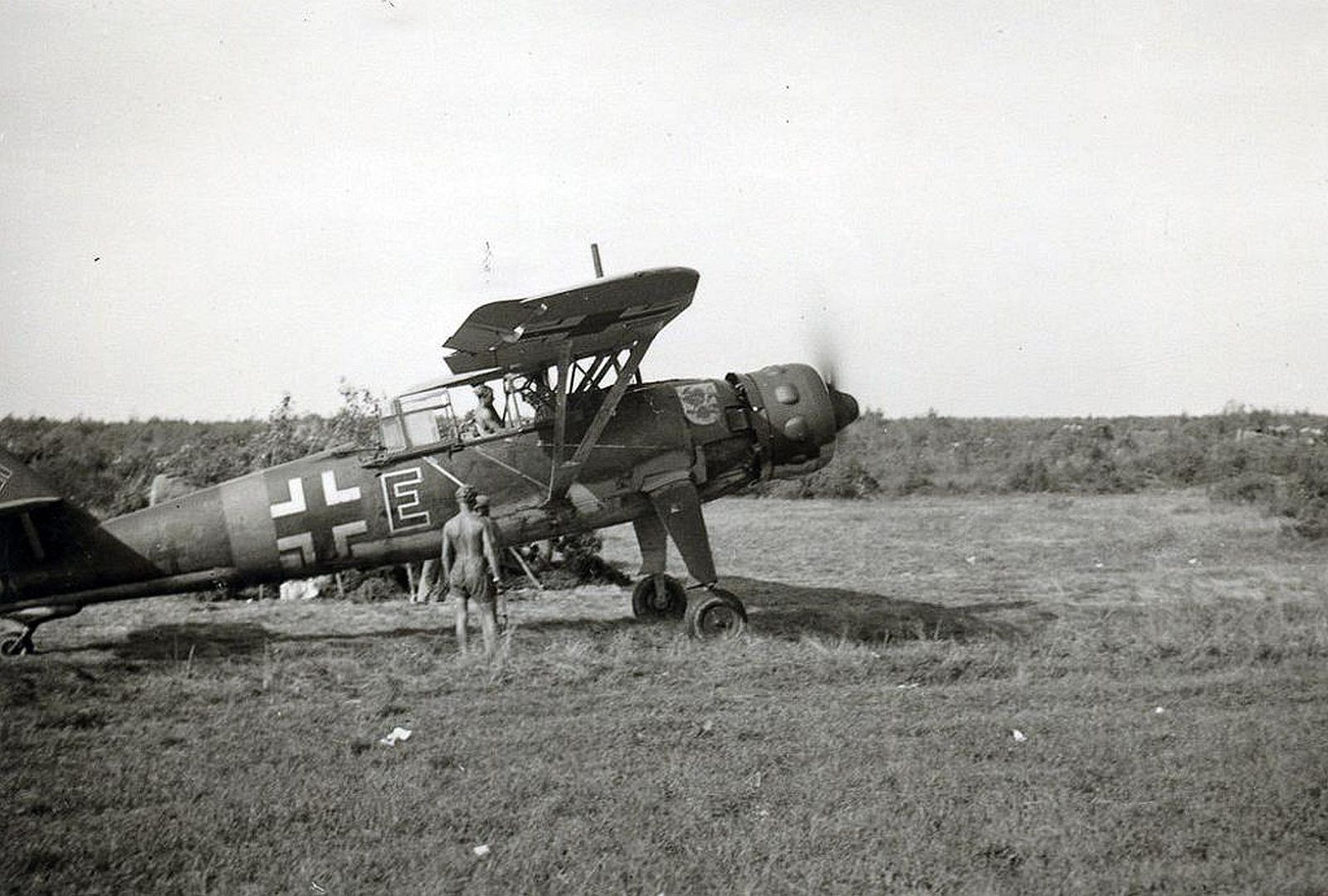
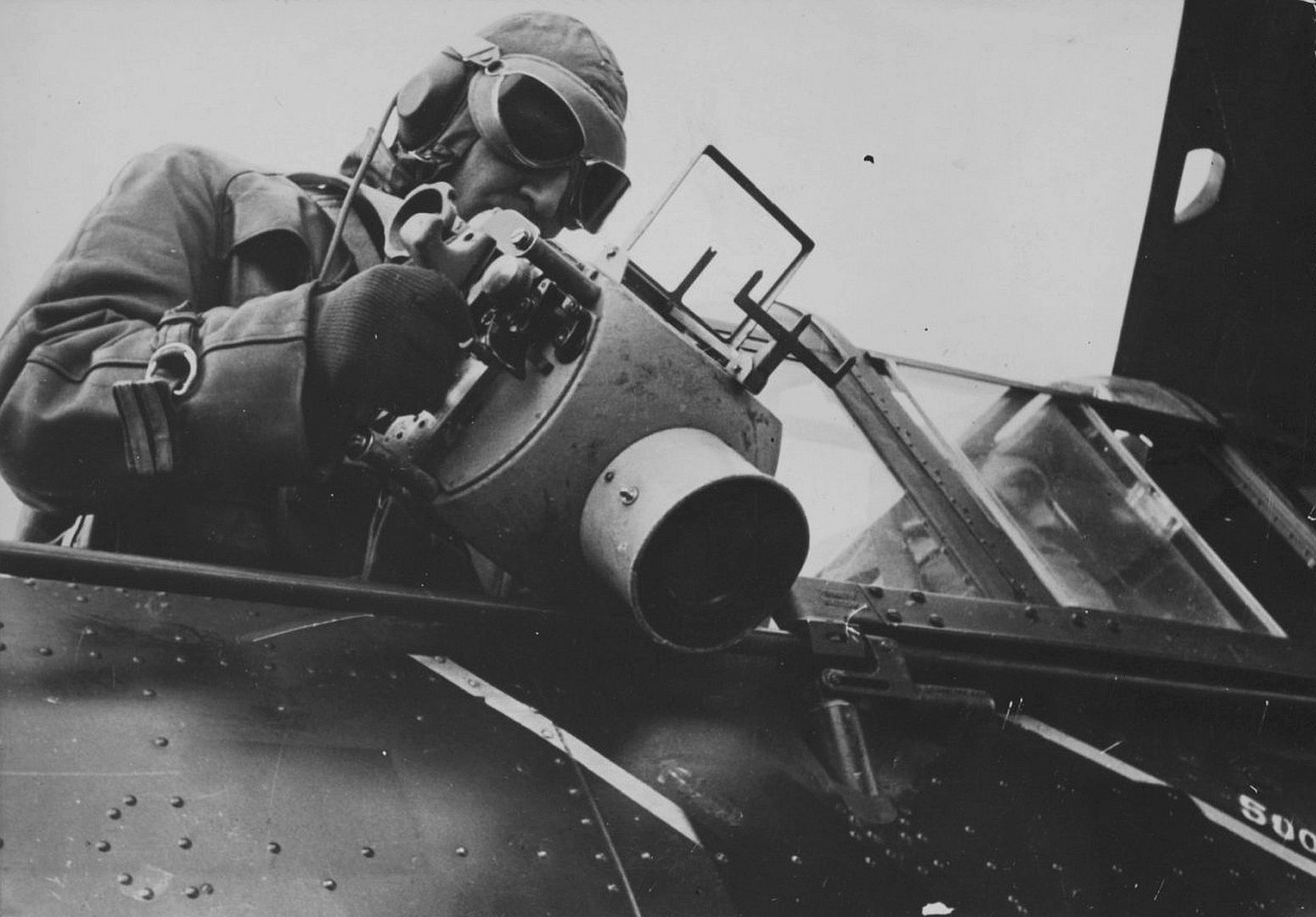
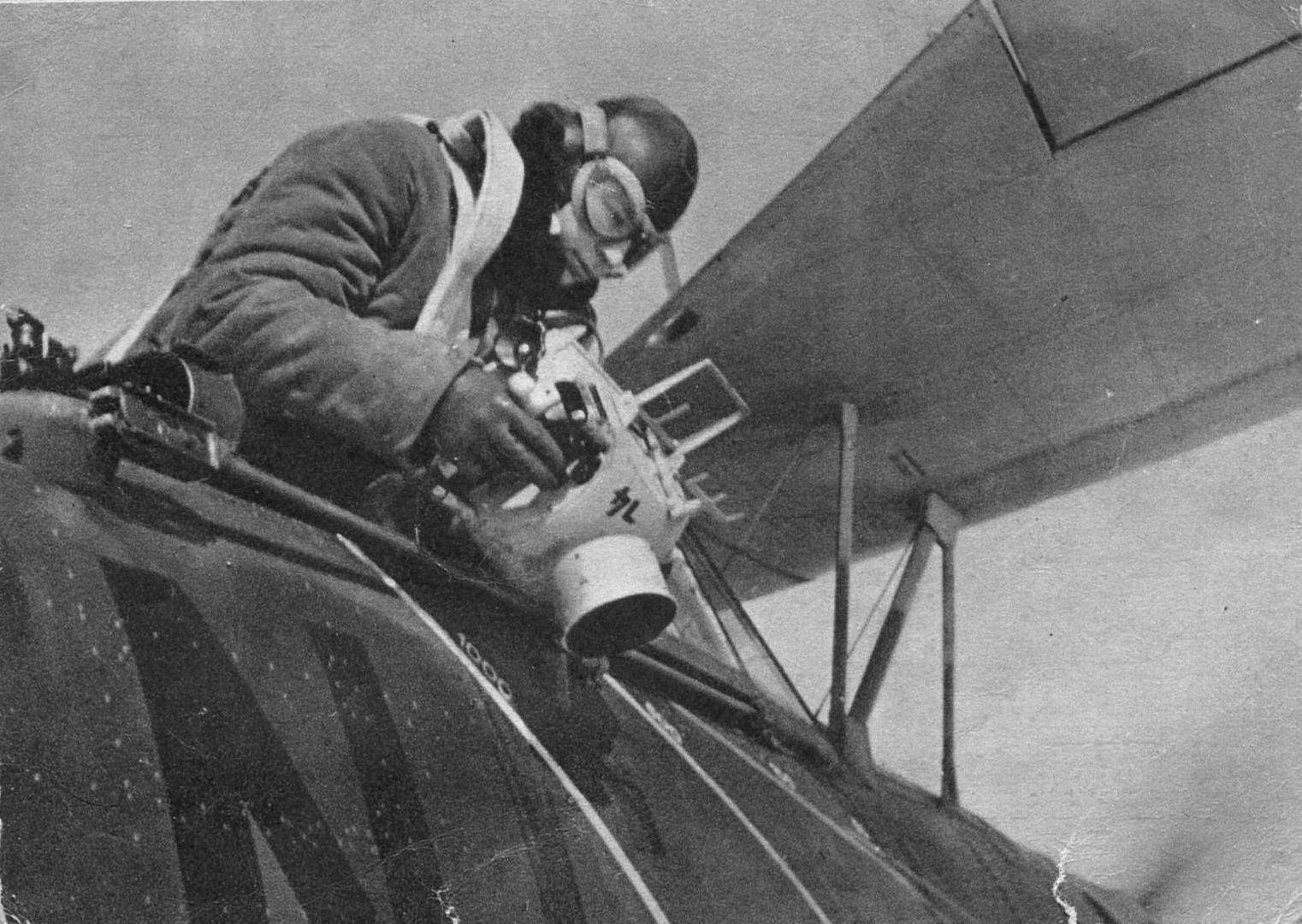

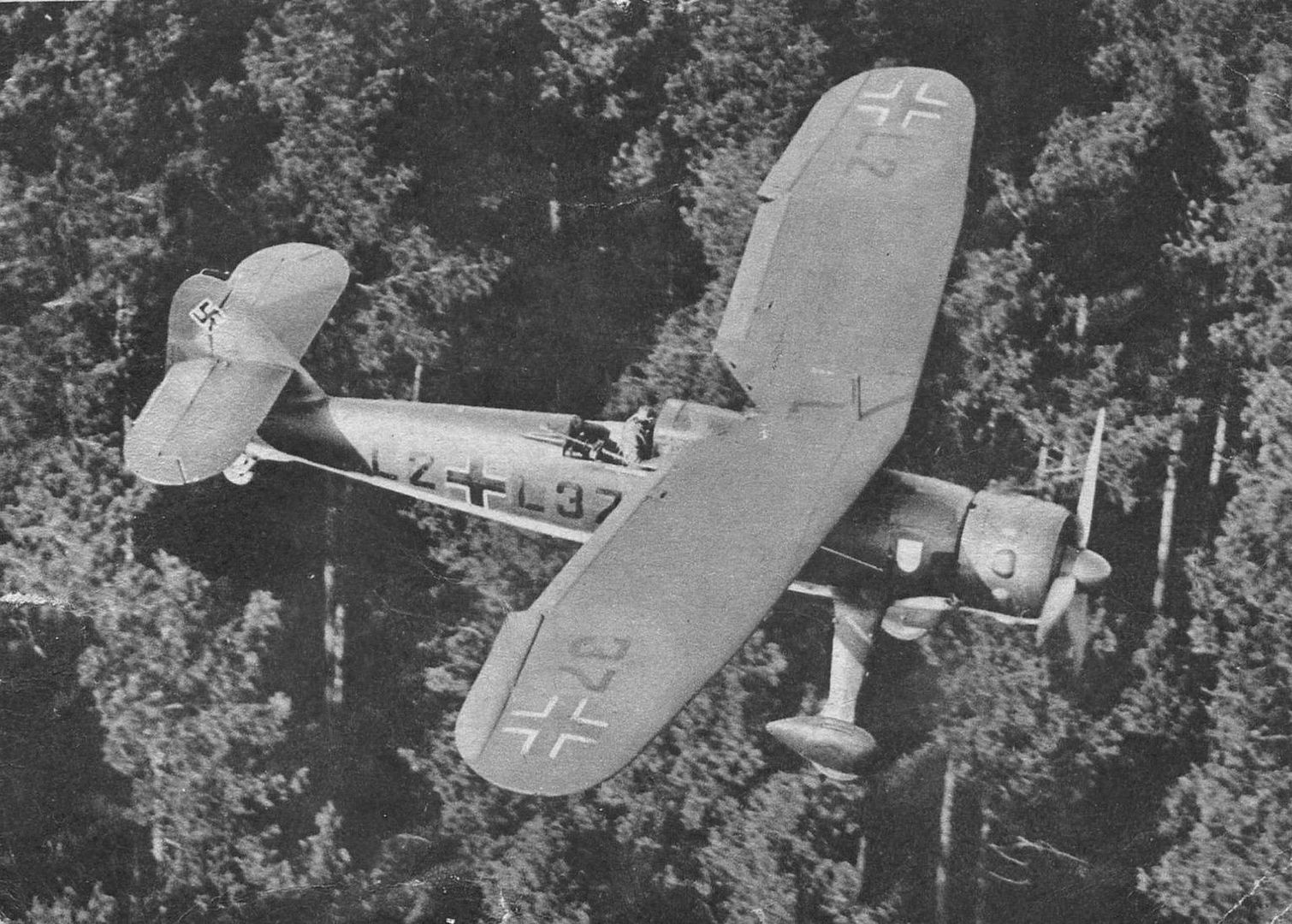

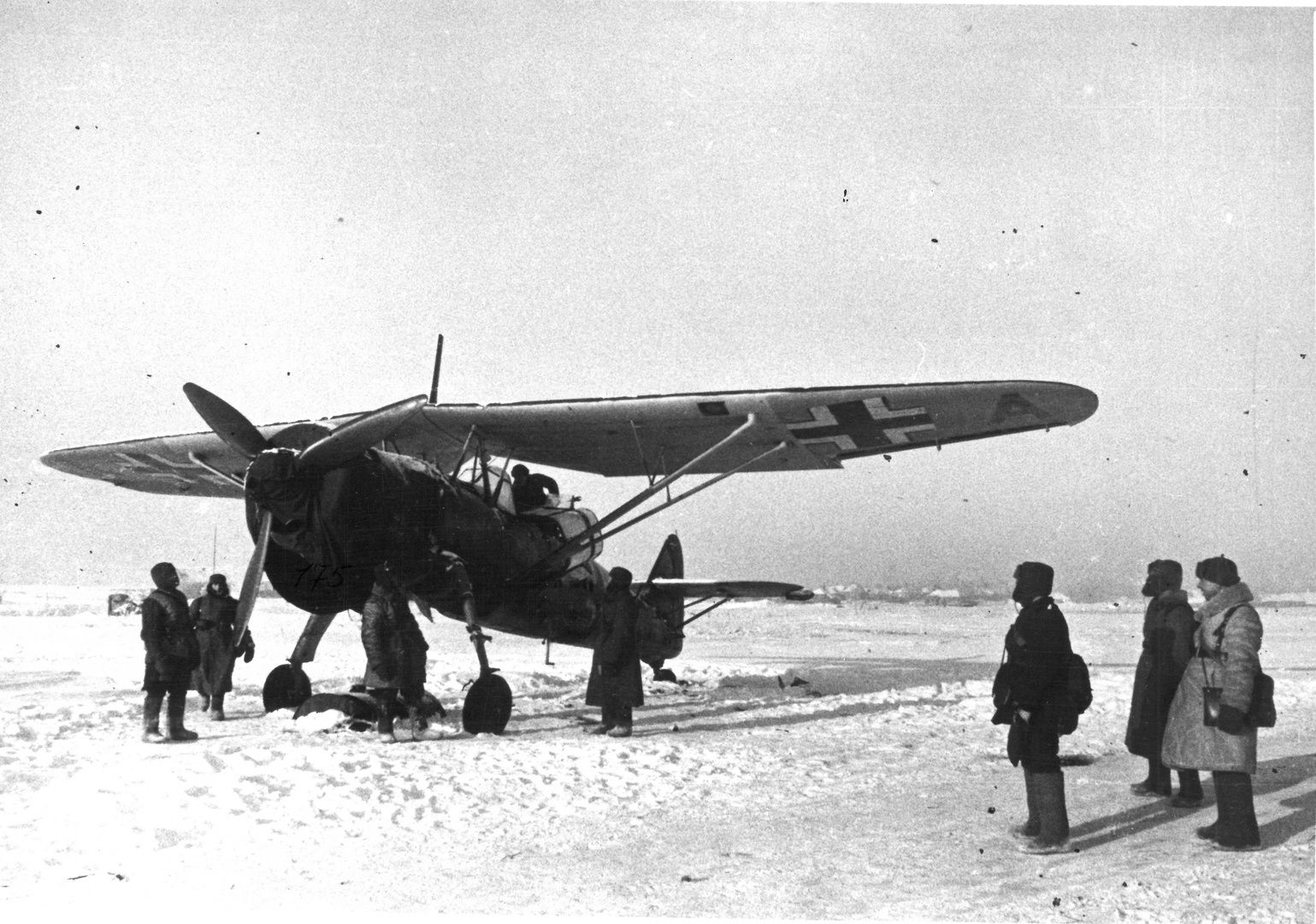

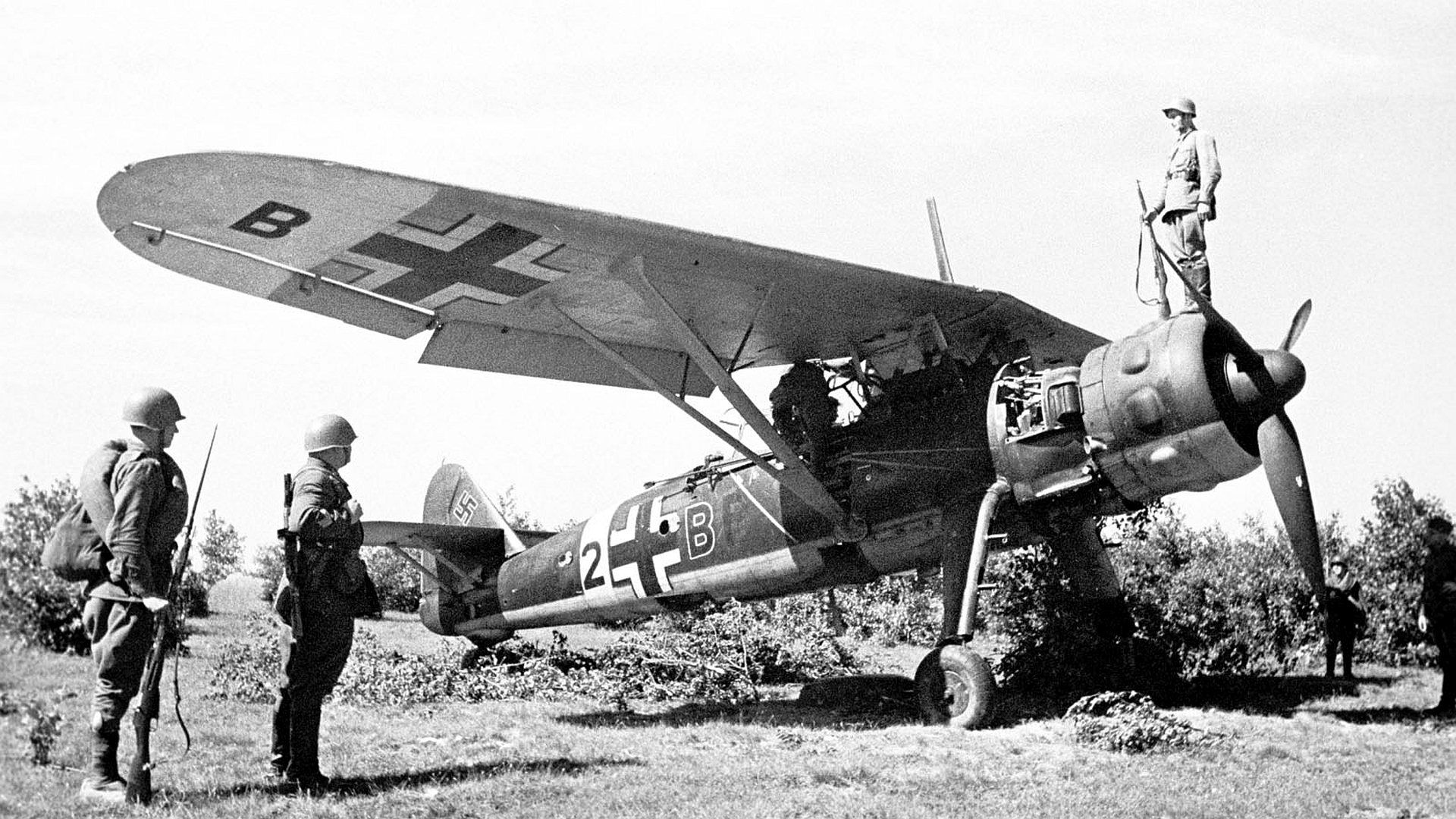
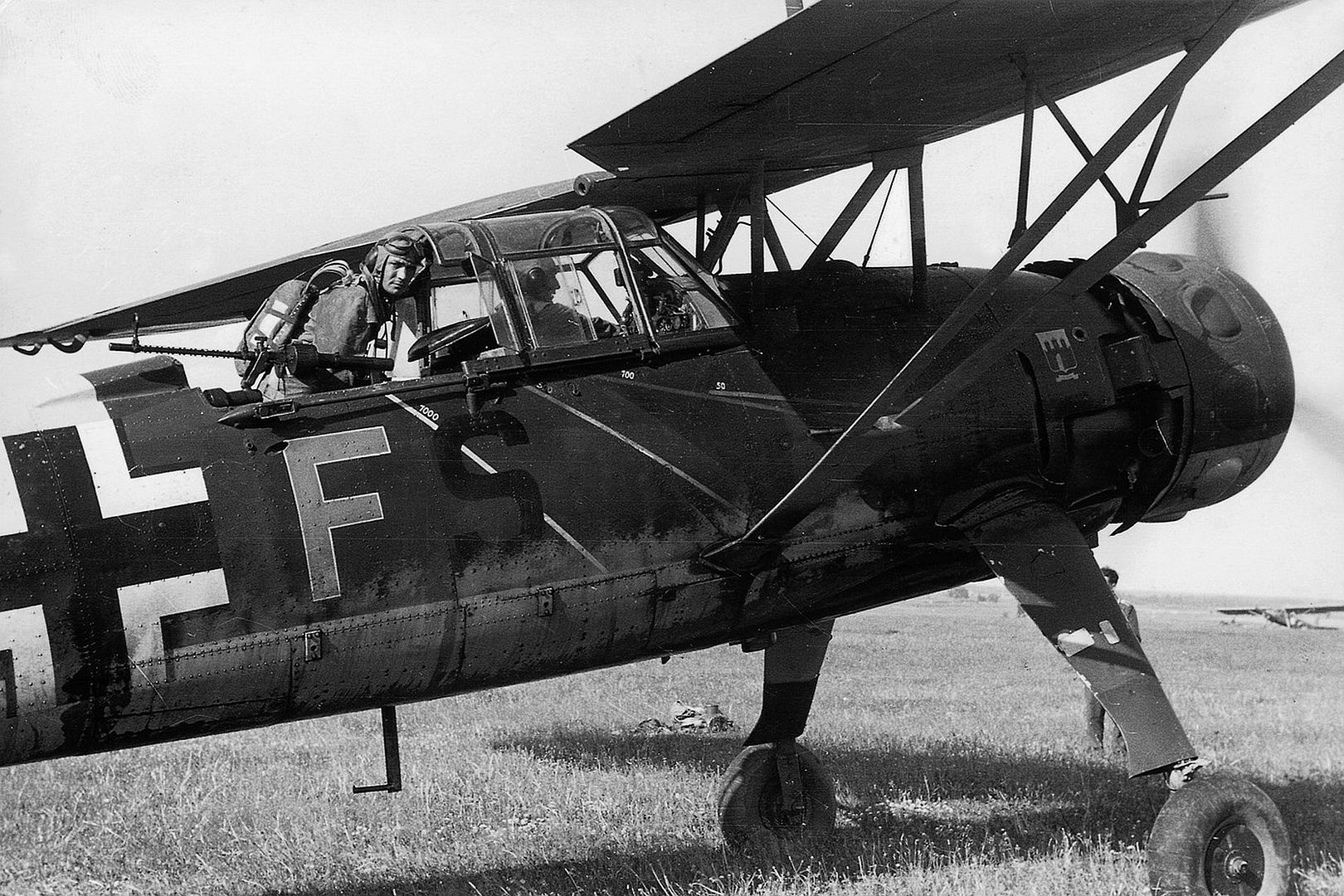
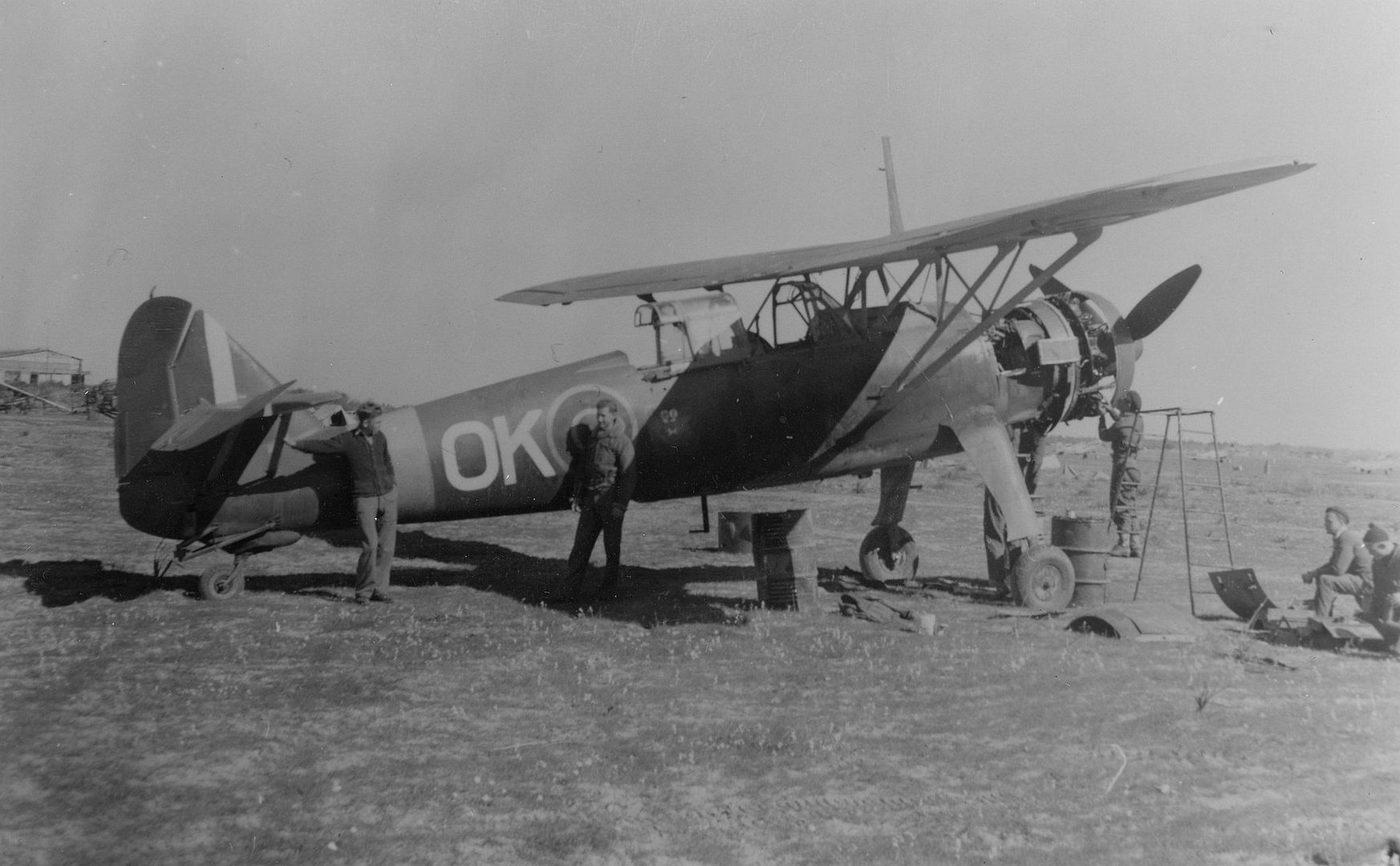
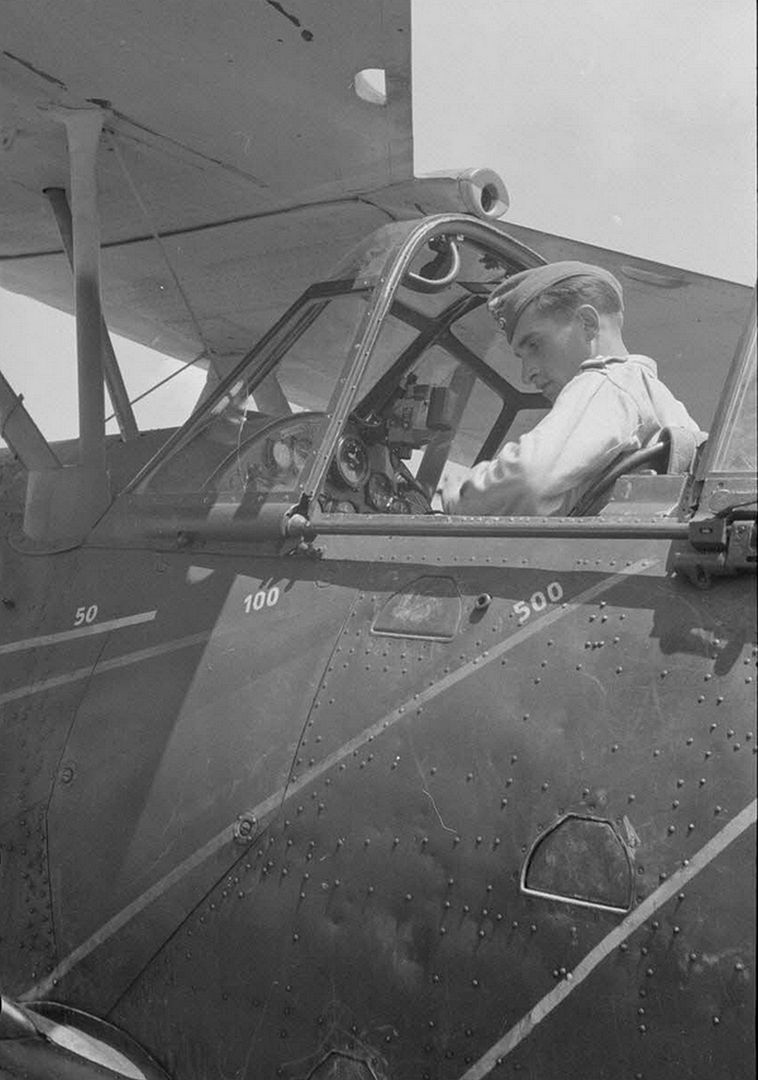
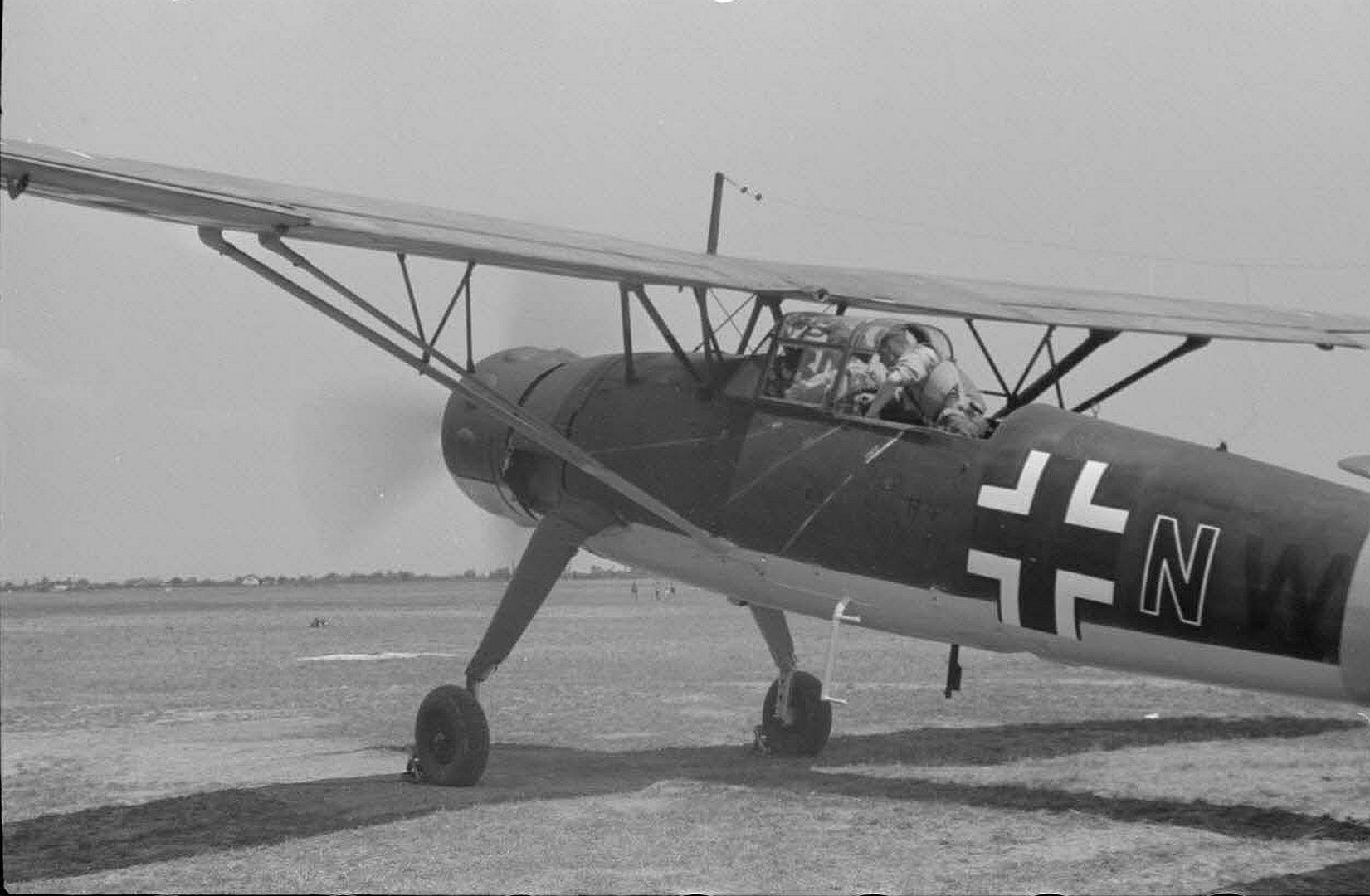
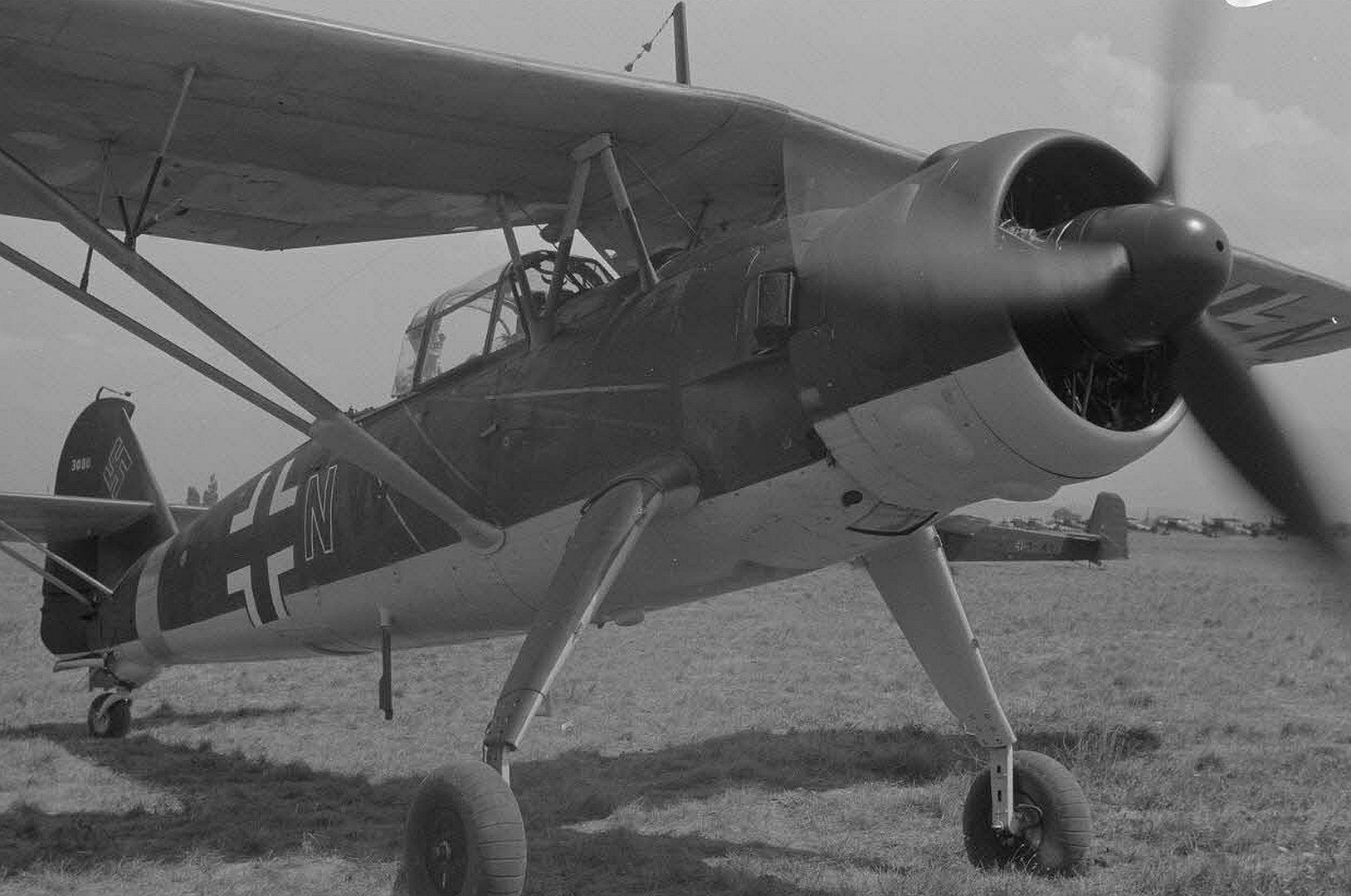
Specifications (Hs 126 B-1)
General characteristics
Crew: Two (pilot and observer/gunner)
Length: 10.9 m (35 ft 7 in)
Wingspan: 14.5 m (47 ft 7 in)
Height: 3.8 m (12 ft 4 in)
Wing area: 31.6 m2 (340 ft2)
Empty weight: 2,030 kg (4,480 lb)
Loaded weight: 3,090 kg (6,820 lb)
Powerplant: 1× Bramo 323 9-cylinder radial engine, 625 kW (850 PS)
Performance
Maximum speed: 356 km/h at 3,000 m (221 mph at 9,850 ft)
Range: 998 km (620 mi)
Service ceiling: 8,530 m (28,000 ft)
Rate of climb: 550 m/min (1,800 ft/min)
Wing loading: 97.8 kg/m2 (20.1 lb/ft2)
Power/mass: 0.21 kW/kg (0.13 hp/lb)
Armament
1 × forward-firing 7.92 mm (.312 in) MG 17 machine gun
1 × flexible 7.92 mm (.312 in) MG 15 machine gun in the observer/gunner
Up to 150 kg (330 lb) of bombs
Post a reply
- Go to Previous topic
- Go to Next topic
- Go to Welcome
- Go to Introduce Yourself
- Go to General Discussion
- Go to Screenshots, Images and Videos
- Go to Off topic
- Go to Works in Progress
- Go to Skinning Tips / Tutorials
- Go to Skin Requests
- Go to IJAAF Library
- Go to Luftwaffe Library
- Go to RAF Library
- Go to USAAF / USN Library
- Go to Misc Library
- Go to The Ops Room
- Go to Made in Germany
- Go to Campaigns and Missions
- Go to Works in Progress
- Go to Juri's Air-Raid Shelter
- Go to Campaigns and Missions
- Go to Works in Progress
- Go to Skinpacks
- Go to External Projects Discussion
- Go to Books & Resources
